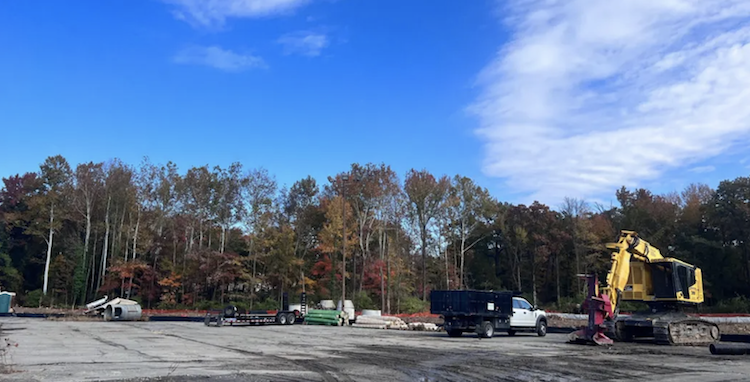Bowie Business Lands Big Contract
November 25, 2014Pr. George’s launches $100M water cleanup project with private company
April 2, 2015JD Supra Business Advisor
Mackenzie Schoonmaker
12/05/2014
Maryland’s Prince George’s County Council has approved a first-of-its kind agreement with Corvias Solutions for a 30-year stormwater management public-private partnership (P3). The novel initiative, formally announced by EPA in January, includes the Maryland Department of the Environment and the U.S. Environmental Protection Agency (EPA). If successful, EPA hopes this pilot program will serve as a model for creating a new green infrastructure urban stormwater retrofit market, along with thousands of local jobs.
Under the terms of the deal, Prince George’s will invest $100 million in an initial three-year retrofit of the County’s water systems, and Corvias will manage the design, construction, and long-term maintenance of stormwater management systems for up to 4,000 acres. The program will also drive local economic development by using local small and minority-owned businesses for at least 35 percent of the total project scope. The P3 is designed to assist Prince George’s County to meet its obligations under the Federal Chesapeake Bay Total Maximum Daily Load, which requires the County to retrofit 8,000 acres of impervious services within 10 years.
Meanwhile, the future of the law formally known as the “Stormwater Management – Watershed Protection and Restoration Program (HB 987),” is politically uncertain. The tax, which affects the largest urban jurisdictions in Maryland, including Prince George’s, imposes an annual fee on hard surfaces which do not absorb groundwater, and thus cause runoff into Chesapeake Bay. Maryland Governor-elect Larry Hogan campaigned strongly on an anti-tax sentiment in Maryland, focusing incessantly on the stormwater fee, which he labeled the “Rain Tax.” This strategy, while politically successful, arguably flies in the face of the federal mandate to limit Bay pollution.
EPA estimates that nationally $635 billion in improvements are needed in the next 20 years to finance updates to aging water and wastewater infrastructure. Traditionally, stormwater is funded through its limited share of local general funds or stormwater utilities. Water and wastewater infrastructure has been funded through municipal bonds, with help from EPA State Revolving Loan funds.
With ever-shrinking local government budgets, and opposition to environmental taxes, new financing mechanisms are desperately needed nationally to upgrade the nation’s water infrastructure. This is particularly true for the Chesapeake Bay region where states have been put on a strict pollution diet. Corvias intends to expand this model across the Northeast, so a P3 for stormwater may be coming to your jurisdiction sooner than you think. And given the lack of other funding and the desperate need for improvements, this creative use of the P3 financing model is certainly one worth rooting for.



